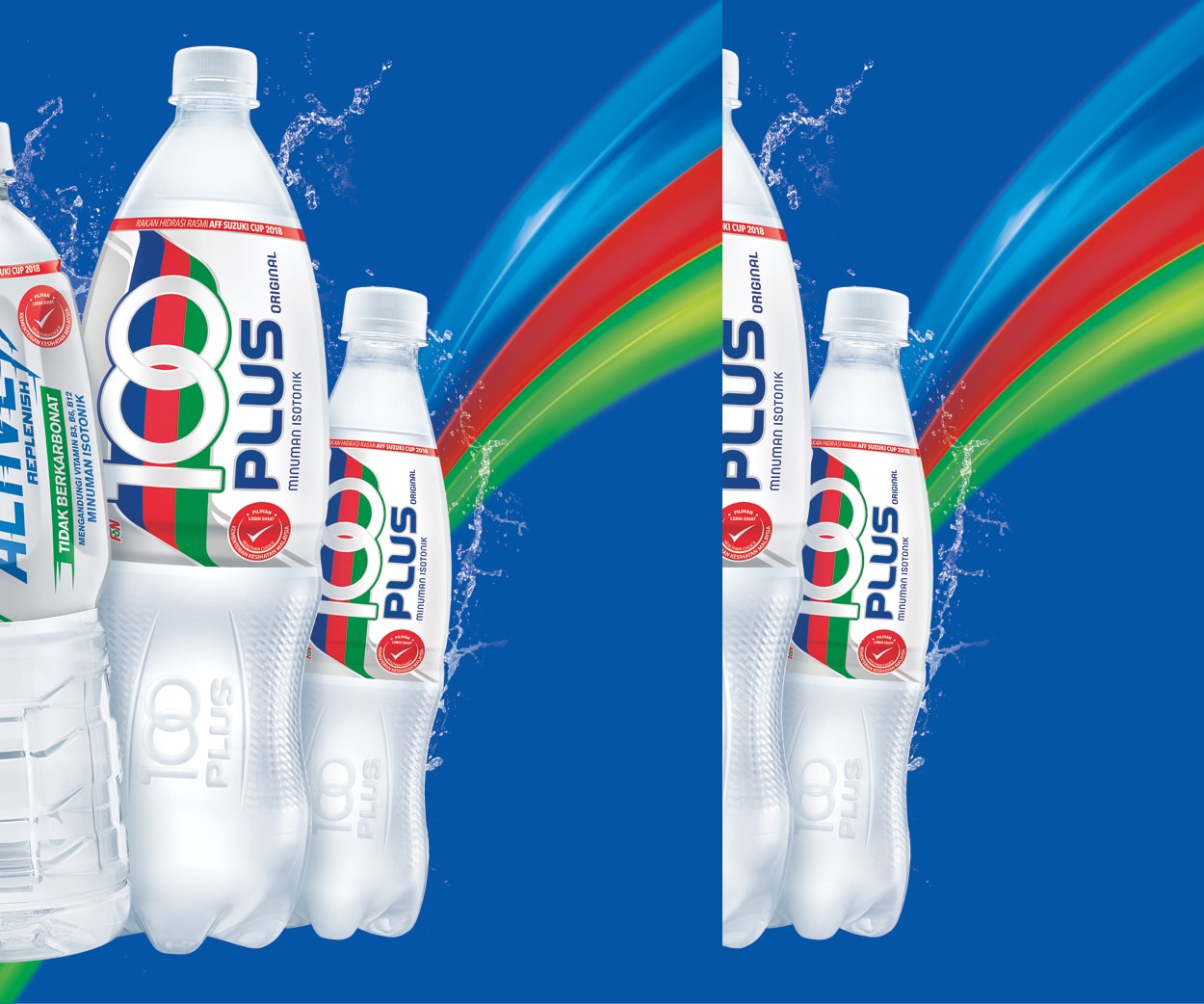Away from the race tracks, teams throughout every class in the FIA WEC maximise their development time with a variety of capabilities.
Model wind tunnels, a full size aero testing facility, CFD clusters, an engine dyno and damper testing rigs are all fundamental to the development race. However, there is one other key resource which is often overlooked – the vehicle dynamic test rig.
The rig which is designed to be used as either a four or seven post facility, meaning you have four wheels on a hydraulic-motion post and then three connections to the car to simulate aerodynamic loads, ensures that engineers can get a lot of the benefits and data from testing a car even while away from the track.
Marco Gehlen, Manager Vehicle and Component Testing at Toyota Motorsport GmbH, is well versed in maximizing the in-house 7-post test rig in Cologne: “Our specialty since our Formula 1 time is to run vehicle-specific tests, based on actual track data”, he says.
“We put the car on the 7-post rig and so begins an iterative process of testing and analysis. We use software to help us make sure the car displays exactly the same behavior on the rig as on the track. Then we have a file as a basis and we can begin, for example, to run through various damper options. We experiment with all the elements that affect the vertical dynamics to find improvements.”
Seven-post-test rig facilities can run complete track replays, meaning that data from the track simulates a complete lap. This can even be used in real time while a car is also running on the track, meaning that engineers can relate what they learn at the factory to the track and vice versa.
Adjusting spring rates, shock-valving and steering ratio to best suit conditions of a specific track are also key benefits of the rig and will usually be part of any standard rig test for the teams.
As well as performance, sportscar racing is also all about reliability and the rig is used for endurance testing. Withe vibration analysis, as in all engineering problems, the output data must be looked at in a methodical way. When testing on the 7-post shaker, all variables are inter-related and can be analyzed while the effects of the actual installation can be quantified. The damping force curve can be extracted from the data to understand how installation stiffness and other variables affect the damping force.
As Gehlen says, the car, simulated track and the facility itself work symbiotically.
“There are 30 to 40 sensors which tell us how the entire vehicle body behaves. If we see that the mechanical grip on the rear axle increases, and we know that we are coming to a track where a lot of traction is needed, then it is clear that we are on the right track. The values obtained on the test bench can be converted into estimated lap times.”
So, if you think the engineers, cars and technical gurus left the track at Bahrain last month and went straight on to the beach, think again. Even when they are not at a physical track, they are still on a virtual one, honing, probing and developing.
Sam Smith


































